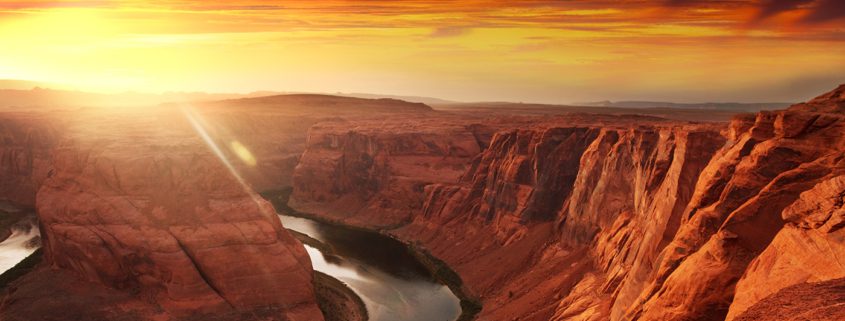National Parks Find High Volume of Instagram Tourism puts Officials in Difficult Spot
If it’s not on social media, it didn’t happen…
While this, of course, is not true, the idea has sparked an even greater interest in taking
selfies at places like Joshua Tree National Park or one of the poppy fields in California,
or maybe even atop a cliff overlooking the Colorado River known as Horseshoe Bend.
Throughout the years, as selfies and commemorative snapshots grew in popularity, the
social media mediums have shifted. Currently, the biggest social media selfie craze is
happening over Instagram.
In recent years, national parks and other public lands throughout the United States have
encountered an immense uptick in tourism. Officials believe that this rising popularity is,
in part, thanks to the rise of social media and geo-tagging. While national parks and
public lands want people to enjoy the area, the large, incessant crowds are taking a toll
on the landscapes. The concern has gotten so great, that officials are desperately trying
to figure out a way to preserve the land for future generations.
Horseshoe Bend, for example, has seen a rise in tourism from about 4,000 visitors a
year to 2.2 million per year!
The complete onslaught of tourists coming to Horseshoe Bend has morphed into such
an issue, that the team of officials are required to add new safeguards to the landscape.
This is not just for the safety of people visiting, however. These safeguards are also to
protect the land itself. Officials of this and other newly popular portions of national parks
are concerned they will not be able to keep up and future sightseers will not have the
ability to experience the parks as they have always been.
However, the landscape of the park is not the only victim of higher traffic volume. The
intense increase of visitors is also affecting tourists. There are many people who have
come to national parks for decades to escape people and enjoy wilderness. However,
now, there seems to be no way to truly escape people.
“Back in 2012, we had, really, no lines,” Aly Baltrus, chief of interpretation and visitor
services at the park said in a statement, “If you had told me at that time that I would be
in charge of lines at shuttles, I would have laughed because there was none. We started
seeing more crowding in about 2013, and then it just kept going up from there.”
Some national parks and public areas have thought ahead, though, and implemented a
lottery system. Each year, names are drawn and depending on the size and capabilities
of the park, only a certain number of people are granted access. Yet, few National Park
Officials want to make lotteries commonplace either. Therefore, parks all across the
country continue to struggle with finding an appropriate solution that will save the parks
and our freedom to enjoy them.

 Shutterstock
Shutterstock
 Shutterstock
Shutterstock